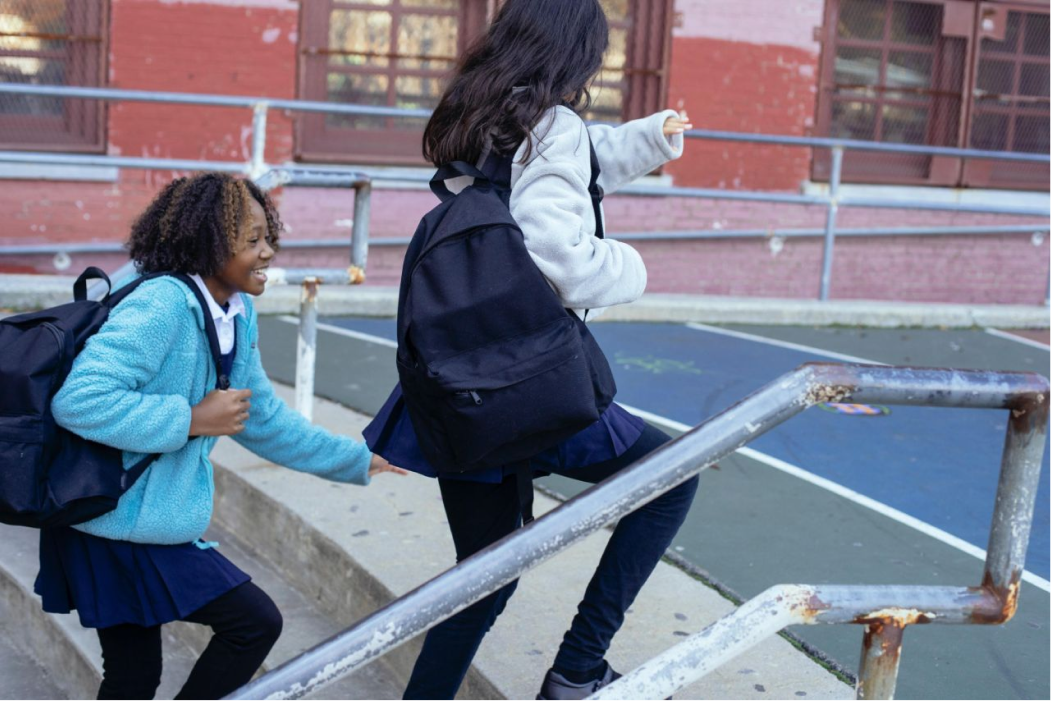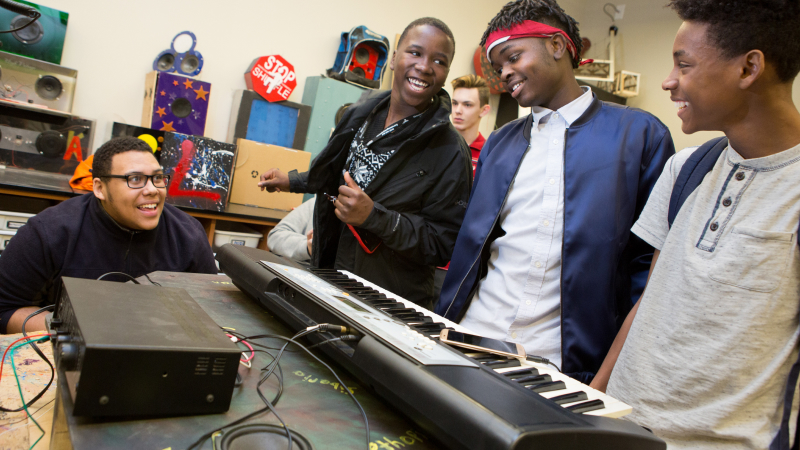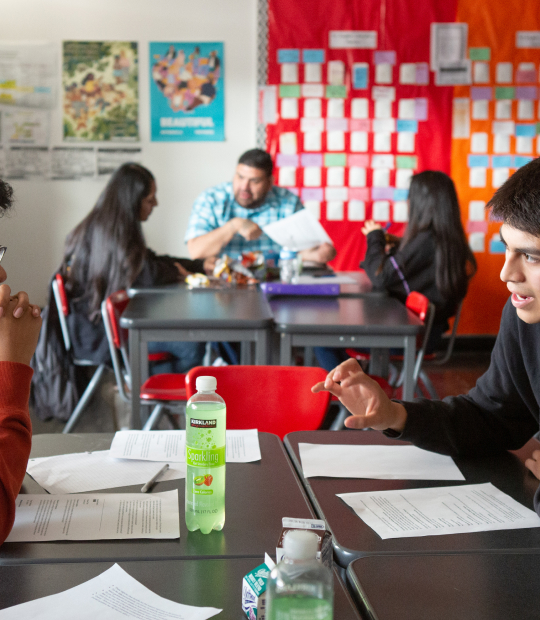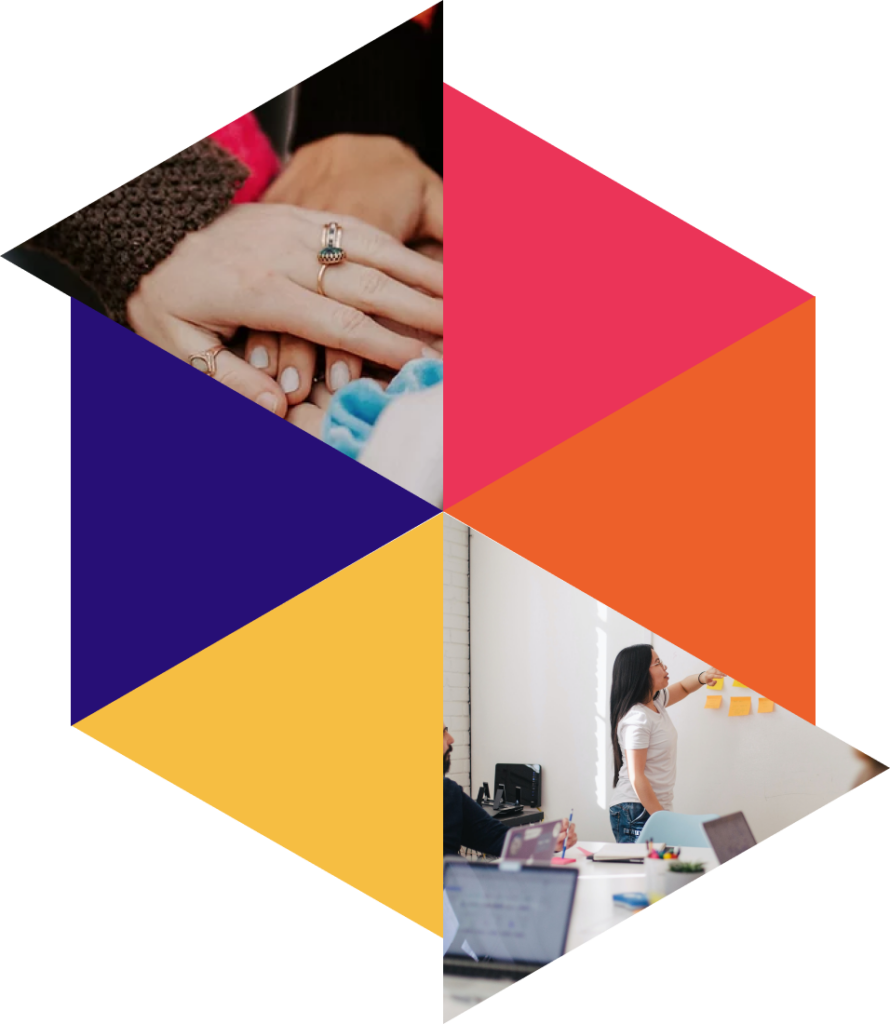
From your perspective, your school is:
Your school has deep experience with student-powered improvement.
There is so much possibility ahead.




The team at Community Design Partners is excited to connect and support your student-powered improvement efforts. Get in touch!

